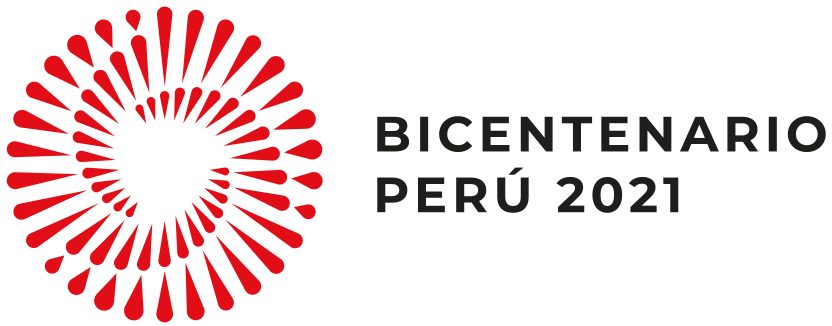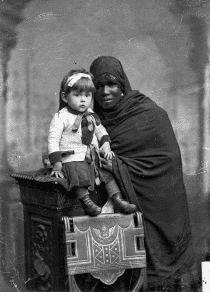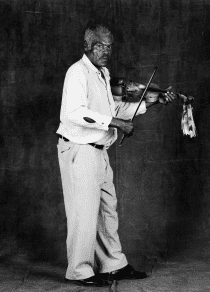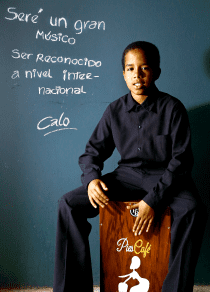
In the context of 200th anniversary of Peru's independence, it must be recognized and valued the ethnic and multicultural wealth that makes up the republic, because these are fundamental elements of Peruvian identity. Afro-Peruvian population has contributed, with its legacy, resilience and heritage, to national imaginary construction; however, its presence has been unvalued and even made invisible. Thus, this exhibition promotes reflection on the visual representation of the Afro-descendant community; it features a selection of photographs made at three different times of our republican history: Estudio Courret's Afro-Peruvian portraits of wet nurses, made between 1879 and 1912; Lorry Salcedo Mitrani's portraits of El Carmen community, in Chincha, between 1985 and 1996; and Martín Alvarado Gamarra's DIA 100 project, the most extensive compilation of Afro-Peruvian portraits.
These photographic archives exhibition stand out Afro-descendants historical and socio-cultural conditions in our country, and they ponder about our differences and our past and present. We believe in the possibility of a common future that fully integrates the Afro-Peruvian community, values its presence, and preserves its heritage, identity, and cultural wealth. Besides, complementary activities section is oriented to contextualize their history, problems, and agency, fostering a critical reflection.
.svg)
Let's promote reflection and dialogue about the Afro-Peruvian community, its development through our republican history, its problems, its cultural richness, and its resistance.
Let's dive into social, ethnic and cultural relations and the role played by Afro-Peruvian women in 19th and 20th centuries society.
Carlos Estela Vilela. Litterateur
Maribel Arrelucea Barrantes. Historian
What does it mean to be Afro-Peruvian? How was this category built? We evaluate the recent past and the possibilities of a common future that fully integrate the Afro-Peruvian community
Sofía Carillo Zegarra. Journalist and activist
Newton Mori Julca. Historian
.svg)
Roger A. Cáceres Atocha
Flor de María Godo Balarezo
Judith León
Luis Castillo
Hans Huiza
Daniel Rodríguez
Jesús Ramírez
Laura Montes
Martín Alvarado
Miluska Alzamora
Maribel Arrelucea
Sandy Arrué
Sofía Carrillo
Carlos Estela
Jonathan Garbay
Daniel Giannoni
Newton Mori
Luis Muro
Sofía Pachas
Lorry Salcedo
Patricia Soto
Mary Takahashi
Pinacoteca Municipal Ignacio Merino. Municipalidad Metropolitana de Lima
The Nelson-Atkins Museum of Arts







